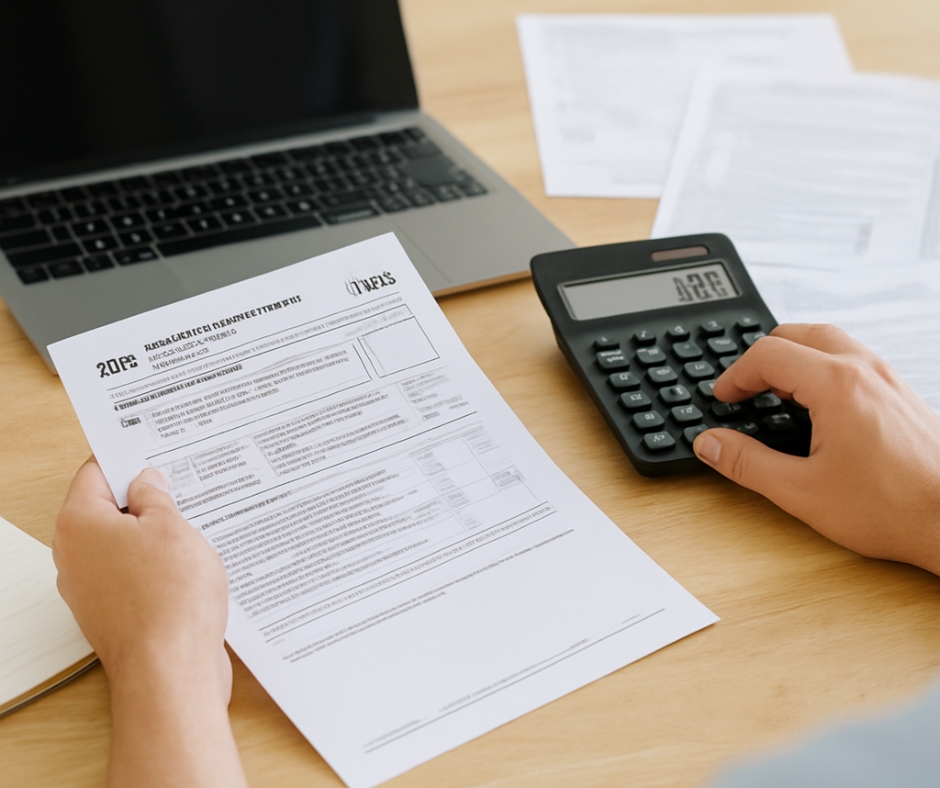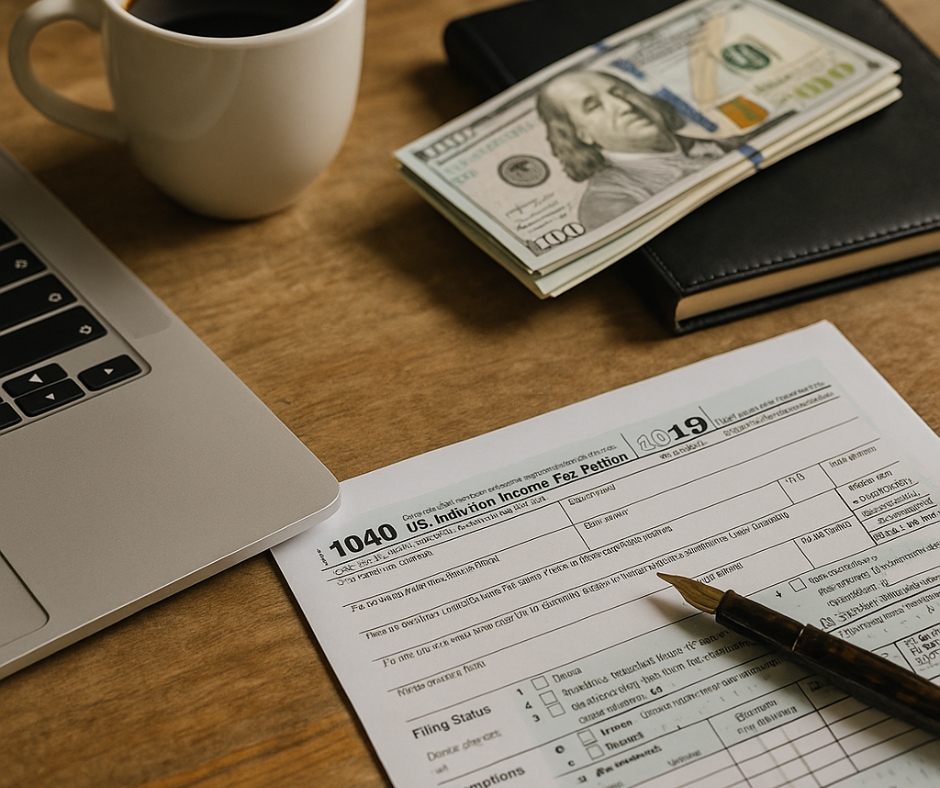Every successful business thrives on effective planning, and at the core of that planning is sales forecasting for business growth. Without accurate sales forecasting, businesses operate in uncertainty, leading to misallocated resources, missed revenue targets, and inefficient decision-making. But what exactly is sales forecasting, why is it essential, and how can businesses master it to drive sustainable success? This guide will take a deep dive into the art and science of sales forecasting, providing insights and strategies to help businesses maximize growth potential.
What Is Sales Forecasting?
Sales forecasting is the process of predicting future revenue by analyzing past sales data, market trends, and current sales performance. Businesses use forecasting to anticipate demand, optimize inventory, and set achievable sales goals. By having a well-defined forecasting strategy, organizations can make data-driven decisions that align with market realities.
At its core, sales forecasting is both an art and a science. It requires a combination of historical data, intuition, and advanced analytics to generate realistic revenue projections. While no forecast can be 100% accurate, refining the methodology can significantly improve reliability and impact business performance.
The Benefits of Sales Forecasting
A strong sales forecasting process offers several advantages that directly impact profitability, scalability, and strategic growth. Some of the most important benefits include:
1. Enhanced Financial Planning
With accurate sales projections, businesses can create more reliable budgets, allocate resources wisely, and manage cash flow effectively. Forecasting prevents overspending during slow periods and ensures adequate funding for peak seasons.
2. Improved Inventory and Supply Chain Management
For businesses dealing with physical products, sales forecasting helps manage stock levels efficiently. By anticipating demand, companies can avoid stock shortages or excess inventory, both of which can lead to lost revenue or increased holding costs.
3. Strategic Decision-Making
Executives and business leaders rely on sales forecasts to make informed decisions about market expansion, hiring, pricing strategies, and product development. Without a forecast, these decisions become risky guesses rather than calculated strategies.
4. Performance Tracking and Goal Setting
Sales teams need clear benchmarks to measure progress. By establishing sales targets based on forecasts, businesses can evaluate sales performance and adjust strategies to improve efficiency and productivity.
Types of Sales Forecasting Methods
Different forecasting techniques provide varying levels of accuracy. Businesses should choose methods based on their industry, available data, and business objectives.
1. Historical Data Forecasting
This method relies on past sales trends to predict future performance. By analyzing year-over-year trends, businesses can estimate growth rates and plan accordingly. However, historical forecasting assumes market conditions remain stable, which is not always the case.
2. Pipeline Forecasting
Pipeline forecasting evaluates the status of current sales opportunities. It estimates revenue based on the number of deals in the pipeline, their probability of closing, and the expected closing dates. This method is highly useful for businesses with a structured sales process.
3. Market-Driven Forecasting
This technique involves analyzing external market factors, such as economic trends, competitor activity, and industry reports, to predict sales performance. It is particularly useful in industries affected by external conditions like consumer demand shifts or regulatory changes.
4. Time-Series Analysis
A more data-intensive approach, time-series analysis uses statistical models to identify patterns in sales data over time. It accounts for seasonality, cyclical trends, and long-term patterns, making it valuable for businesses with fluctuating sales cycles.
How to Improve Sales Forecast Accuracy
Even the best forecasting models require continuous refinement. To improve accuracy and reliability, businesses should adopt the following best practices:
1. Leverage Real-Time Data
Static, outdated data leads to poor forecasting results. Using real-time sales data allows businesses to adjust forecasts dynamically, making them more reflective of actual market conditions.
2. Use Predictive Analytics and AI
Advanced forecasting tools use artificial intelligence (AI) and machine learning algorithms to analyze large datasets quickly. These tools detect patterns and anomalies that human analysis might overlook, leading to more accurate forecasts.
3. Review and Adjust Forecasts Regularly
Market conditions change frequently, so forecasts should be reviewed and updated at least quarterly. Businesses should adjust predictions based on recent sales performance, economic shifts, and competitive landscape changes.
4. Align Sales and Marketing Efforts
Sales and marketing teams should work collaboratively to ensure forecasts reflect current marketing initiatives. A strong marketing campaign can drive demand, while sales teams can provide insights into customer buying behavior.
Common Sales Forecasting Mistakes to Avoid
Despite its benefits, sales forecasting can go wrong if businesses fall into common pitfalls. Here are some of the most frequent mistakes and how to avoid them:
1. Ignoring Market Changes
Failing to account for economic shifts, consumer behavior changes, or competitor actions can lead to unrealistic forecasts. Businesses must stay agile and factor in external influences.
2. Overestimating Sales Pipeline Conversions
Not every lead converts into a sale. Businesses should use realistic conversion rates rather than overly optimistic projections that may result in missed targets.
3. Relying Solely on Historical Data
Past performance does not always predict future success. Businesses should incorporate real-time insights, industry trends, and predictive analytics into their forecasts.
4. Neglecting Seasonality Adjustments
Many industries experience seasonal fluctuations, which should be factored into forecasts. Failing to do so can lead to overproduction or underproduction during peak seasons.
The Role of Data in Sales Forecasting
Data is the foundation of reliable sales forecasting. Businesses that leverage data-driven forecasting achieve higher accuracy and improved decision-making. Key data sources include:
- Customer Relationship Management (CRM) Systems: Track customer interactions, sales cycles, and historical data.
- Market Research and Industry Reports: Provide insights into emerging trends and consumer demand shifts.
- Internal Sales Metrics: Measure conversion rates, deal velocity, and average deal size to refine predictions.
By integrating multiple data sources, businesses can develop comprehensive, well-rounded forecasts that enhance growth strategies.
Final Thoughts
In today’s competitive landscape, sales forecasting for business growth is essential for long-term success. Whether you’re a startup or an established company, having an accurate forecasting strategy allows you to make informed decisions, manage risks, and seize new opportunities. By adopting advanced forecasting methods, avoiding common pitfalls, and leveraging data-driven insights, businesses can create a roadmap for sustainable growth and profitability.













